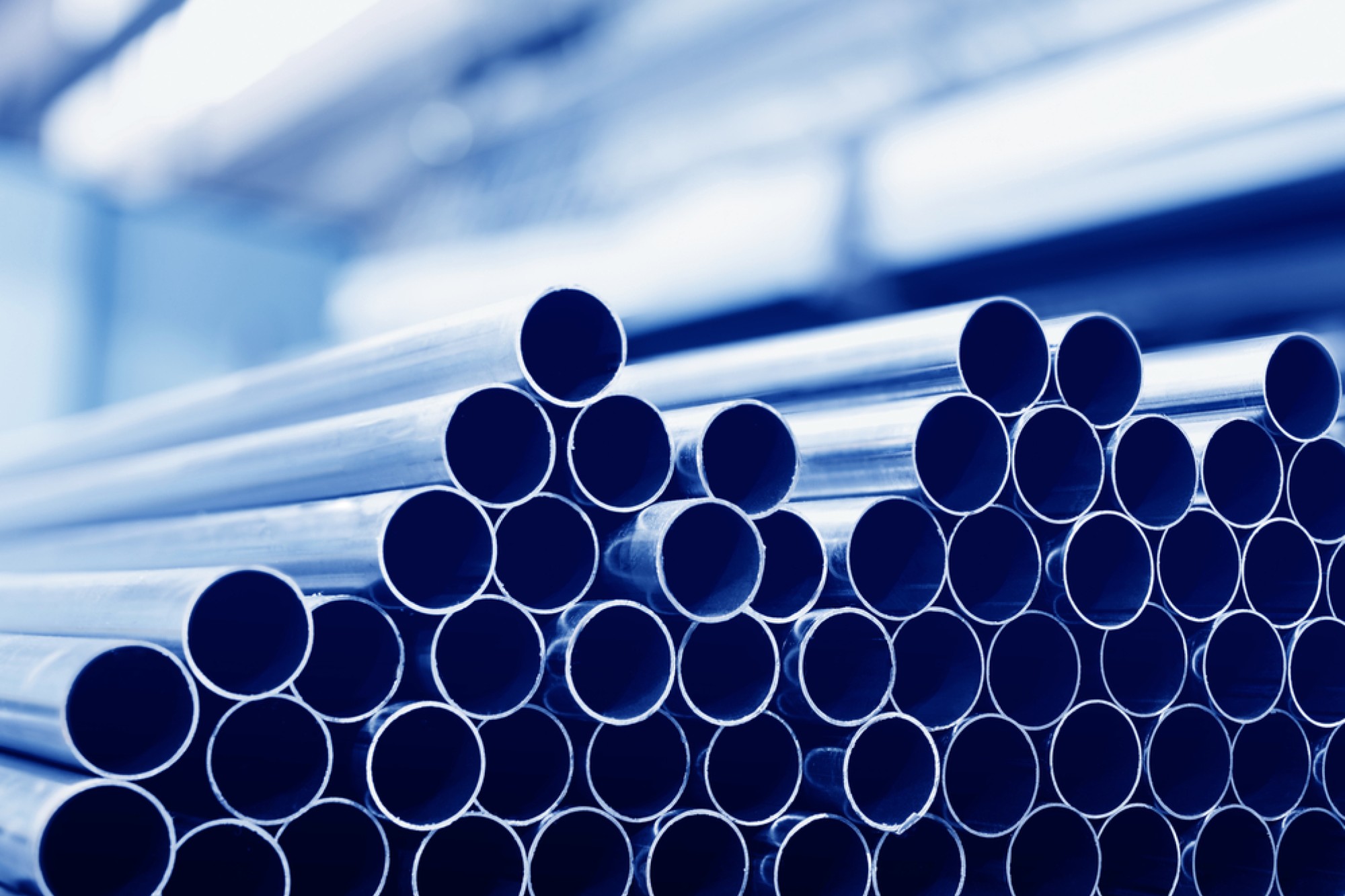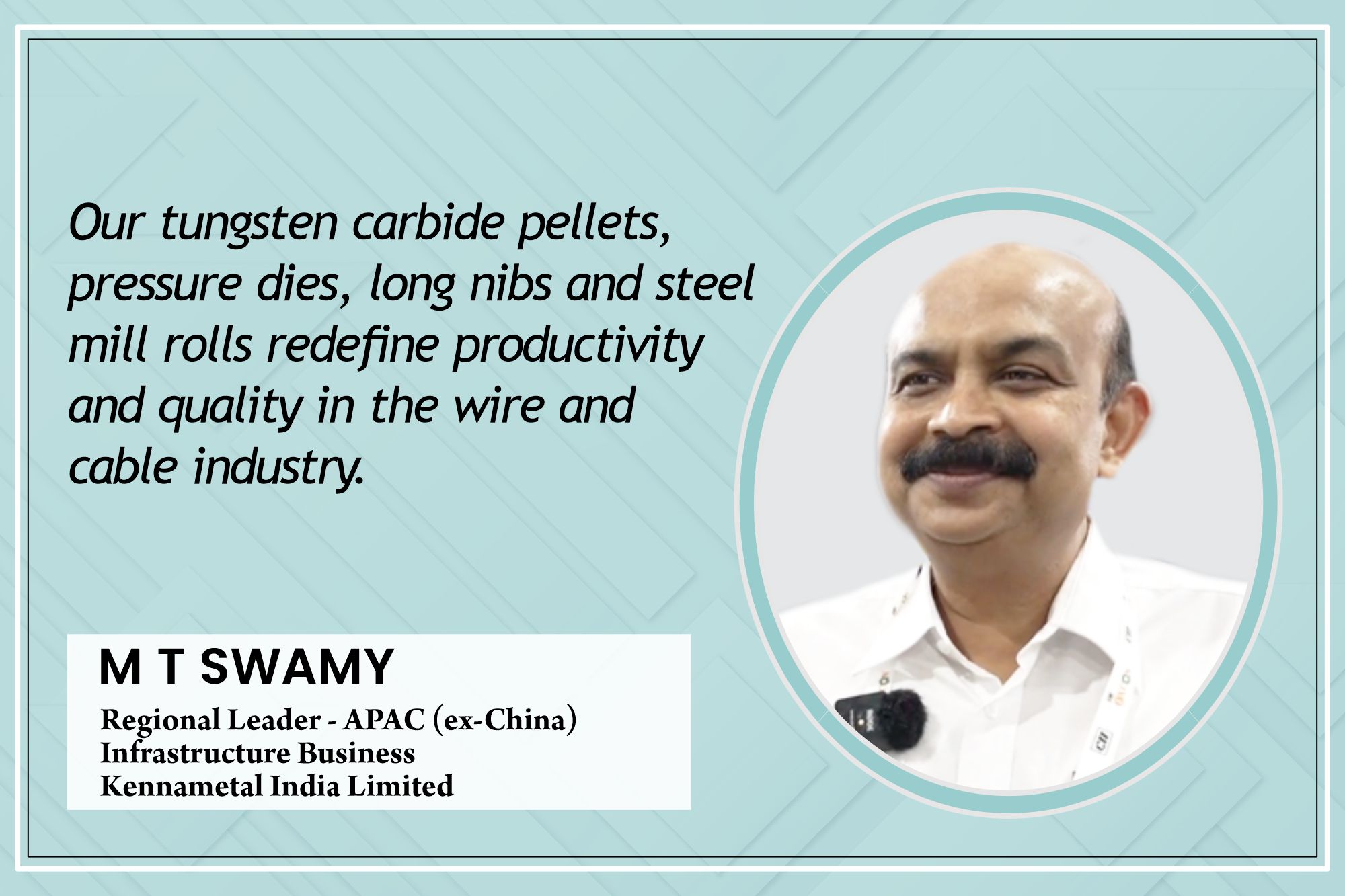Companies should implement dynamic risk assessments and TRAs
By Edit Team | May 9, 2023 8:25 pm SHARE

According to Kamarajan M., the Head of Education at the British Safety Council of India, construction companies should enhance safety practices by adopting dynamic risk assessments and continually monitoring potential hazards throughout the project lifecycle to mitigate risks.
What are the biggest safety and security challenges faced by construction sites in India?
In the era of lean construction, multi-storied residential or commercial structures prioritize designing roof and floor slabs for uniformly distributed loads over concentrated loads. However, concentrated loads during construction, such as formwork preparation for the next slab, can cause slab collapse if not considered. Similarly, steel-framed structures’ construction challenges should be addressed during the design stage, neglecting the need for fall-arrest systems in vertical ladders. Preventing accidents through design (PtD) involves identifying and reducing work-related hazards and risks during a project’s life cycle, with significant influence during the design stage and diminishing influence in later stages. Proper consideration of safety measures can ensure construction worker safety.
What measures can be taken to ensure the safety of workers and the security of materials and equipment on construction sites in India?
The choice of construction materials can have significant impacts on project safety. For instance, selecting Northlight roofing materials that can safely withstand the load of cleaning workers during the operation and maintenance stage can enhance safety. Similarly, specifying concrete blocks with weights within the manual handling capacity of workers can minimize injuries. Avoiding asbestos-containing materials and lead-based paints can protect the health of workers and building users. Considering fire resistance properties of materials can also enhance life safety in a fire emergency.

What lessons can be learned from successful safety and security practices in other countries and applied to construction sites in India?
India can learn from the UK’s successful implementation of a positive health and safety culture in the construction industry. In the UK, employees at all levels are held accountable for proactive safety performance instead of only reacting after accidents occur. Effective practices include integrating health and safety requirements into all business processes, empowering employees to escalate unsafe conditions, and ensuring HSE professionals have adequate status and powers. Additionally, responsibility for implementing HSE requirements should be embedded in the role of line managers, and SMART targets should be assigned to site managers for accident prevention.
What steps can be taken to ensure that safety and security measures are sustainable and continue to be implemented over time on construction sites in India?
To improve safety practices in construction, companies should implement dynamic risk assessments and monitor hazards throughout the project to eliminate risks. Task-specific risk assessments (TRA) should be conducted daily before starting work, using findings as a decision-making tool for effective safety management. Independent agencies should conduct frequent safety audits of construction sites to identify potential hazards and prevent serious accidents. Audits like the high-risk operations safety audit use a customized approach to benchmark safety performance against global best practices and identify improvement opportunities.
Cookie Consent
We use cookies to personalize your experience. By continuing to visit this website you agree to our Terms & Conditions, Privacy Policy and Cookie Policy.








































































